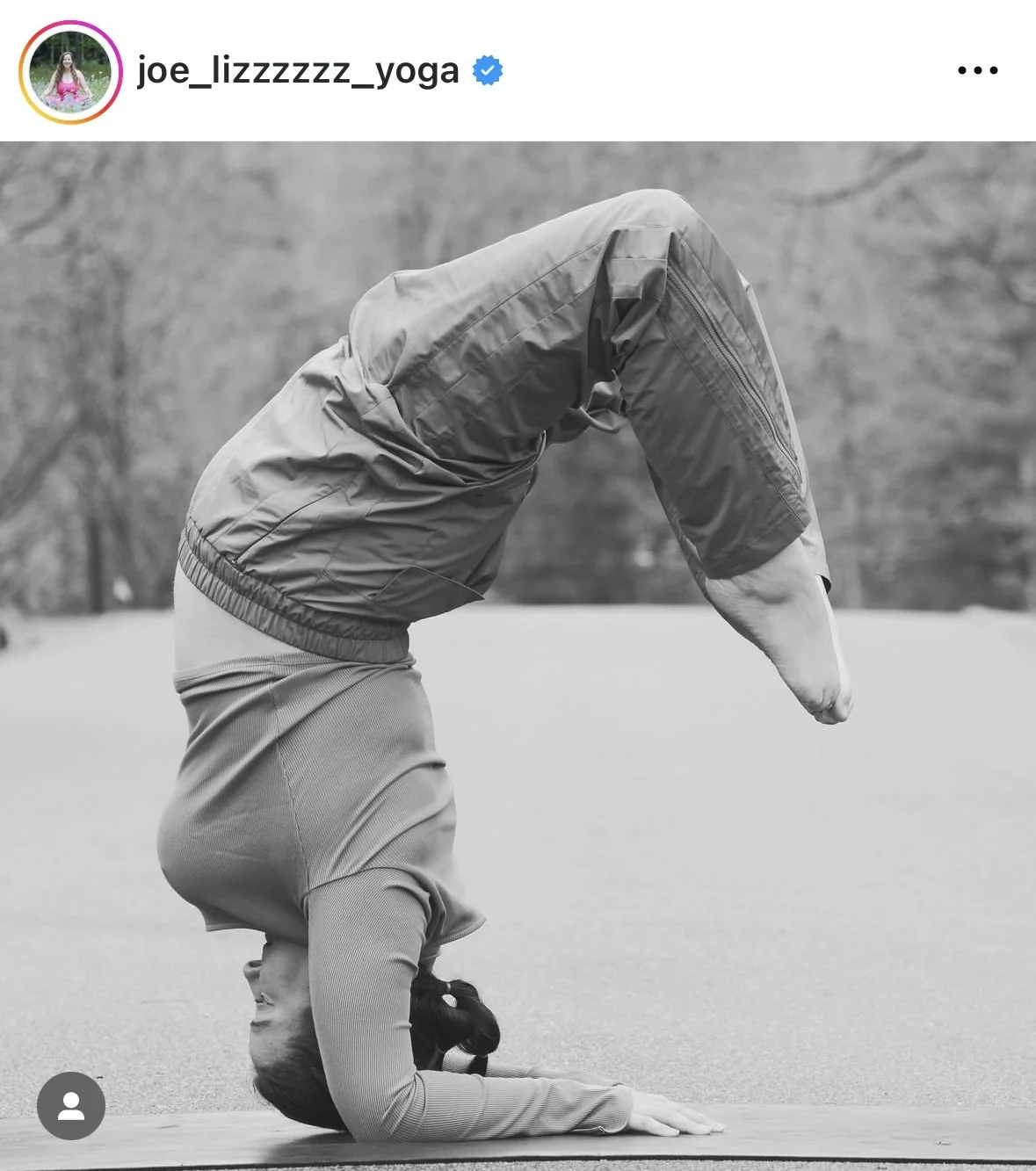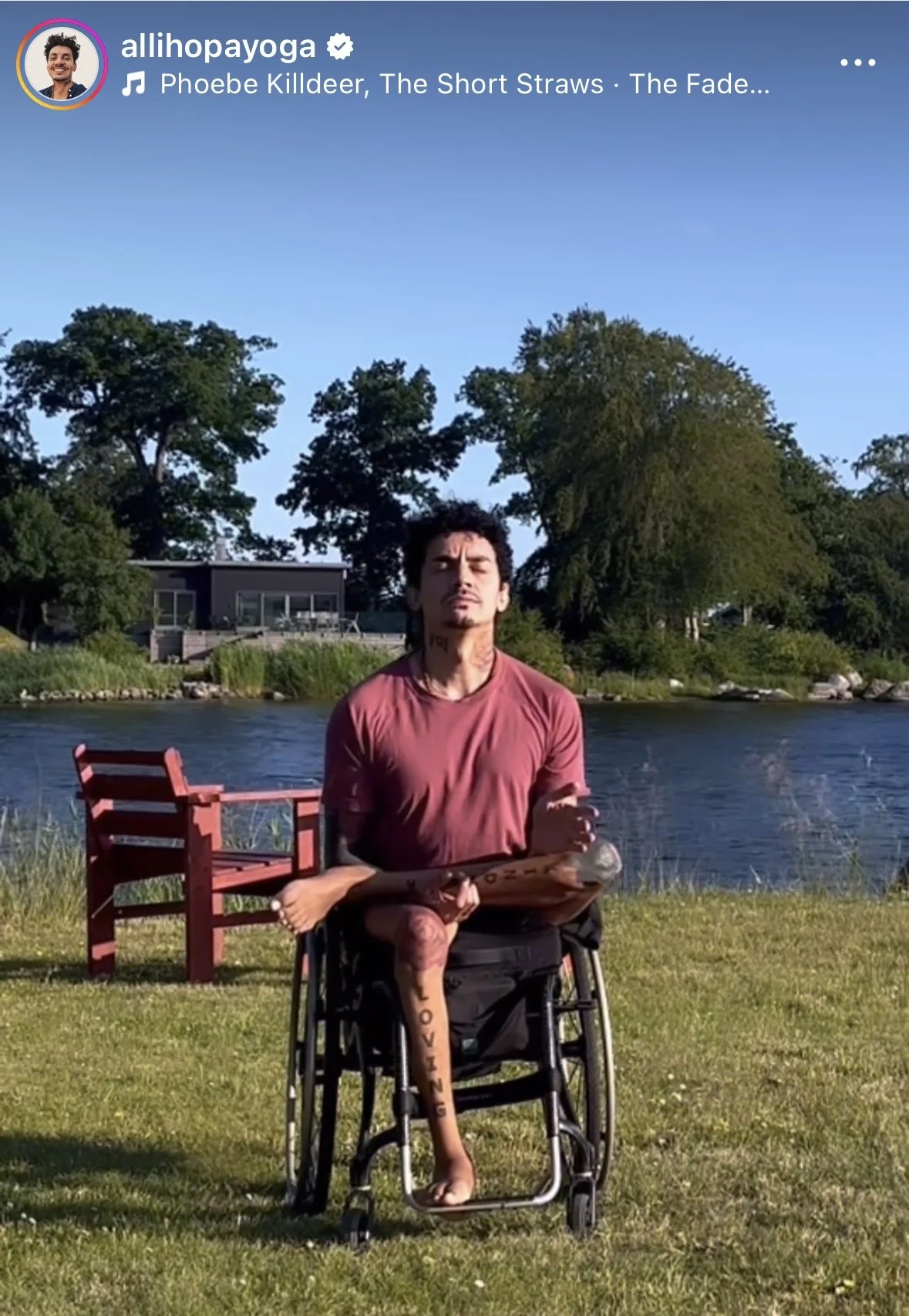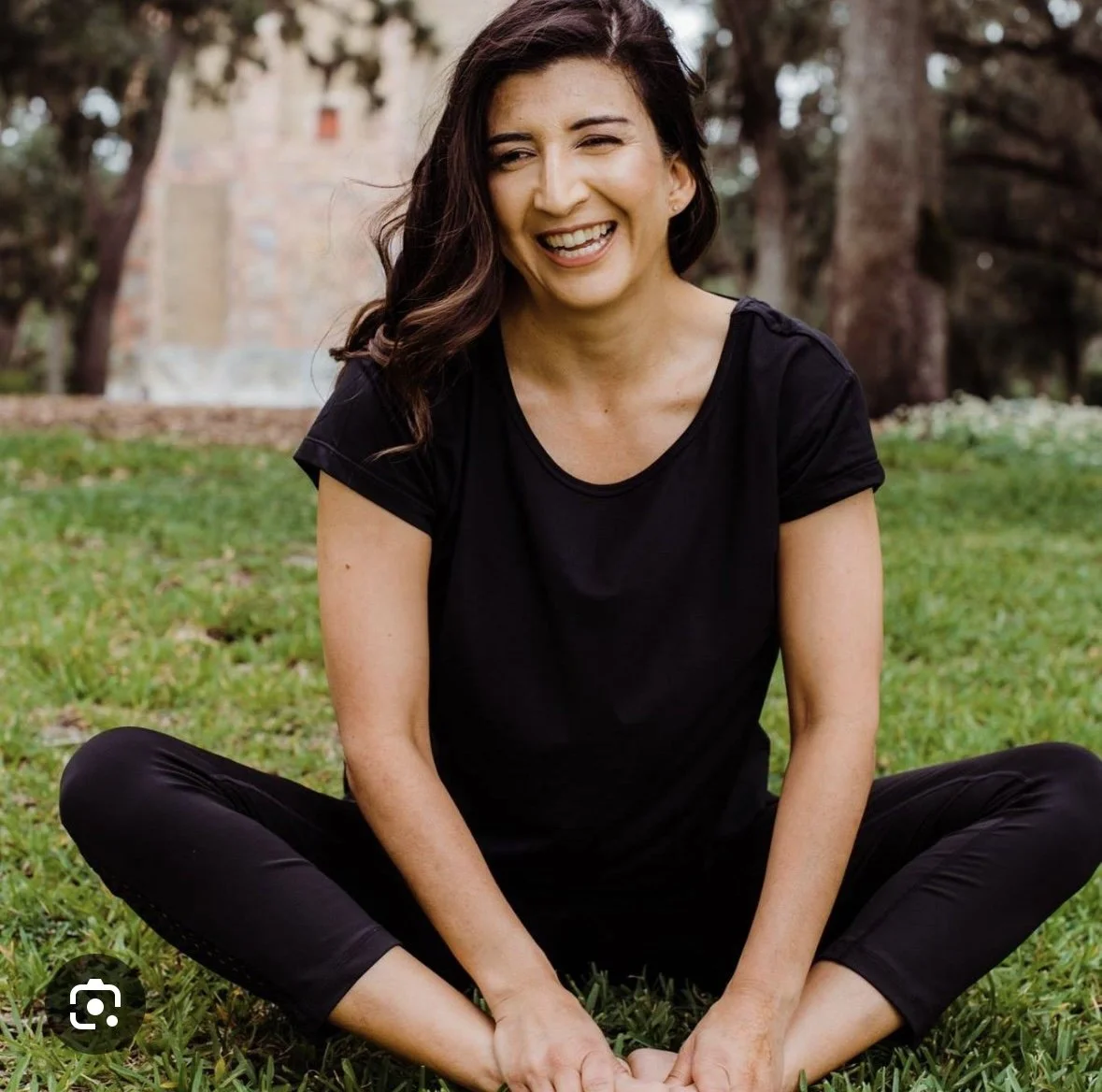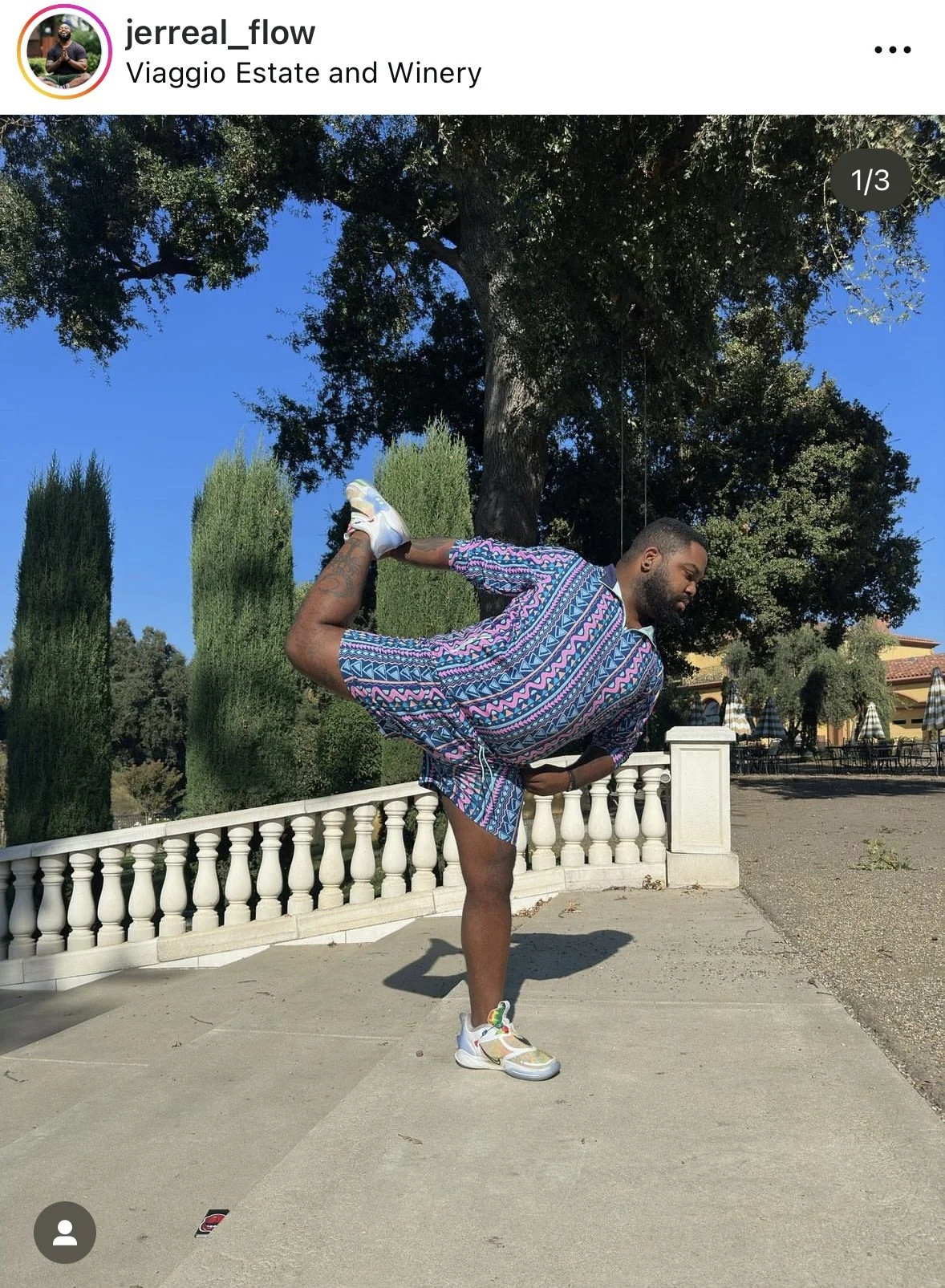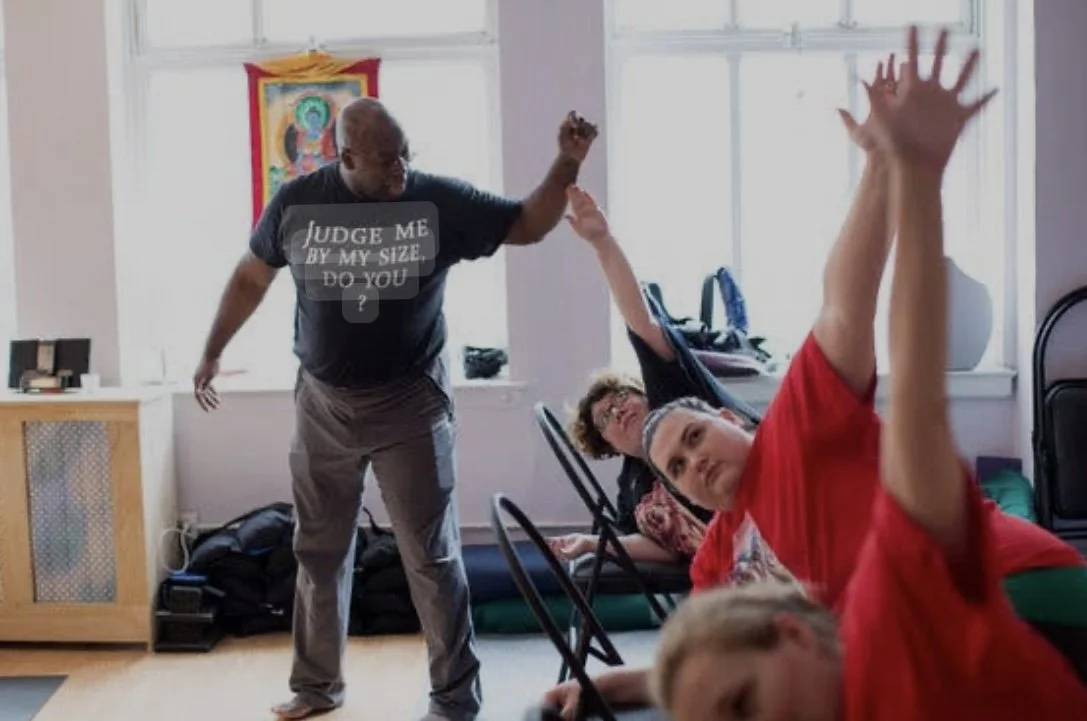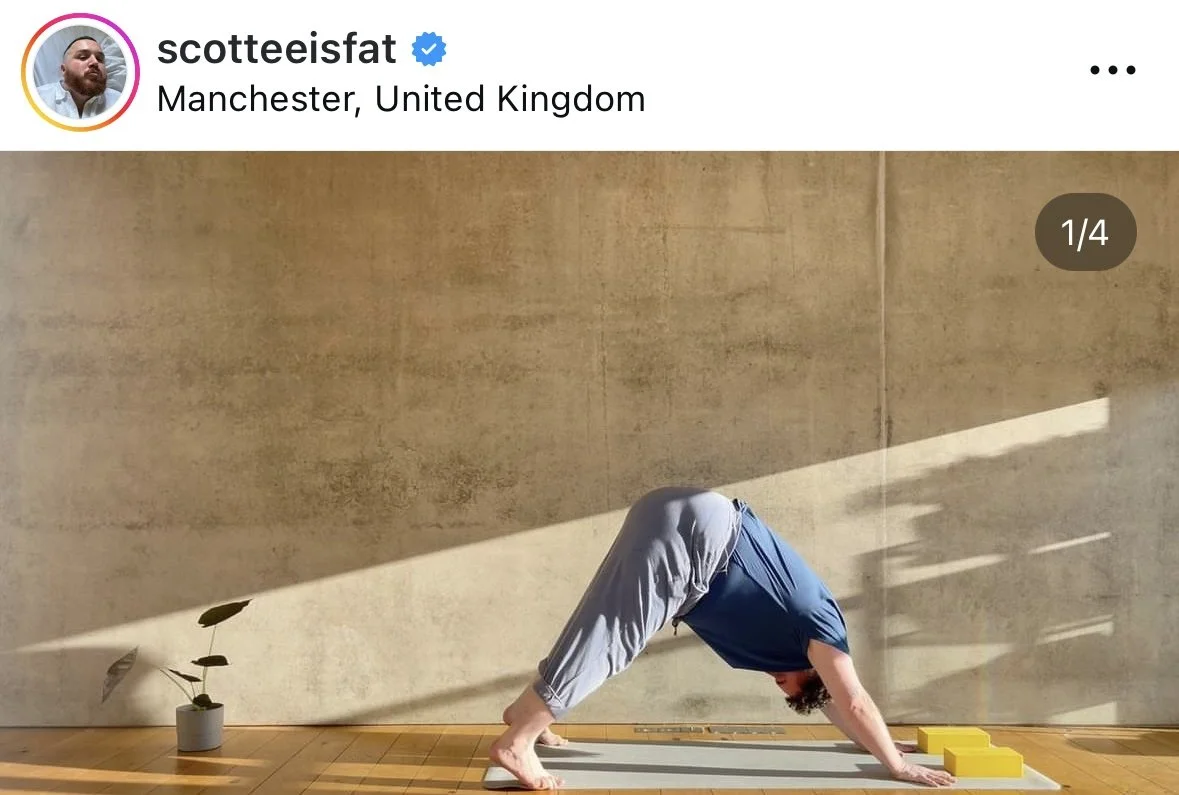Is Yoga Inclusive?
As a teacher myself I had assumed yes of course yoga is inclusive, everyone is welcome, but it wasn’t until the other day where I was offered the grand opportunity to question my own ignorance and delve into the glimpses of other people realities past my own seemingly narrowed view. Now this isn’t all self deprecating, I do always try in whichever way I can to ensure every student I have the pleasure of meeting feels welcome, but I cannot ever truly know how another person feels. And of course it is also not always possible to, however apart of yoga is svadhyaya (self study) and is a concept/practice I bring to my teaching, and that means just because I cannot know how others feel it does not mean it should prevent me for realising my own shortcomings, those in the yoga community and the ways in which improvements can be made.
From personal experience, I have struggled to feel welcome in environments where I am a minority or it is perceived that I am lacking (hello 2019 year old Taylor going into a class where everyone was warming up with arm balances), indisputably though this feeling is not that common for me because, well, I am a white thin woman and pretty much every yoga teacher I have had somewhat looks like me (based in Australia). Every teacher I’ve had has been wildly different in other ways, and I appreciate the experience they have given me, and granted in many cases where I have not felt welcome it is not the fault of anyone, but also not always entirely myself either if that makes sense.
“We do not use the body to get into the pose, we use the pose to get into the body.”
I had a 1:1 with a student who is plus size and it was great to be able to explain in more detail that you really don’t (and shouldn’t) unconsciously follow strict anatomical guidelines because the ones still circulating many teacher trainings are suited for a very small group of individuals (hello 90 degree bend. Why 90 every time? Always? No.) and at the end of the day it is a personal practice. ‘We do not use the body to get into the pose, we use the pose to get into the body’. It was such a beautiful moment tweaking the shapes and for her to have an experience where she could in fact use the pose to get into the body, where the pose suited her and where she felt heard and understood.
So where are the problems?
Strict alignment cues - yoga is a feeling experience not an aesthetic one. Strictness will work for some classes and yoga pathways, but for many, it is unattainable and illogical. This is defiantly an area I could be more conscious of.
Lack of representation - encourage, hire and promote others who are not just white thin women. Not because there is anything wrong with being such, but because there is an over saturation of us in the media, it is possible to celebrate everyone, to recognise that representation is unifying not divisive.
Teacher training curriculum - in all my trainings I’ve had, not one had included yoga for plus size, for neurodivergent, for ‘elderly’ and only one has briefly touched on trauma informed yoga (with the exception of Yoga Therapy training). To be clear I did love most of my trainings but they also suited me, they suited my body shape and my abilities, and as a result the majority of who would attend yoga classes, but I can see how this is a viscous cycle. There are specialist courses for almost everything of course, but why? The course is a magical experience, but not inclusive enough.
Demonstrating - I’m still in the process of deciding for myself my own opinions on demonstrating, but I can say, it is important to demonstrate not to your own ability but the adjustment of your students. If no one in the class can do a handstand, okay, don’t, duh, use props, break the kramas down. Those that know they don’t need props in certain shapes do not need to be demonstrated that (generalising) they clearly understand, but someone just starting out may have no idea a prop can support them or may feel self conscious about being the only one needing them, highlight the glorious nature of props.
Media - now I love all forms of yoga, East, West, combination, traditional, new age ect,. I don’t abide by all of it and some views I down right disagree with such as that all ‘Western Yoga’ is not ‘real yoga’. I can however emphasise with this point of view and it only takes one quick instagram search to figure this point of view out. But how to show the multifaceted side of yoga through an imagine search engine? I do not know 100%, and I do not want anyone to stop posting (although I’m sure we could all get off social media more), but I want more people to post, to share their experience, their practice beyond the physical.
Minority focused classes - There is not enough of them. Chair yoga, plus sized yoga, classes that aren’t focused on asana, men’s yoga ect. Create a safe space for all and for the love of yoga, don’t Make it more expensive, financial inaccessibility to yoga is real.
Some amazing people already doing the work!
So, to summarise, yoga is for everyone and for everyBODY, but the representation and availability of these two are in many ways lacking. I just know I will need to develop my understanding of my own tangled thoughts on this matter more but, hey, that’s one of beautiful things about yoga, space to non-judgmentally conceptualise your thoughts and bit by bit make sense of them.
Thank you to my students for teaching me more than you know.

